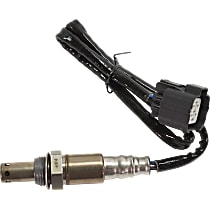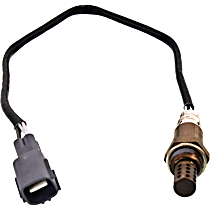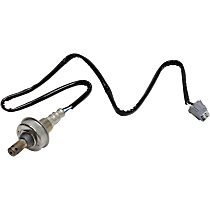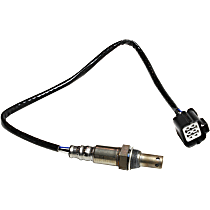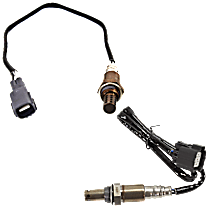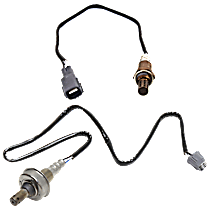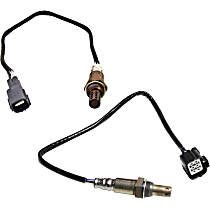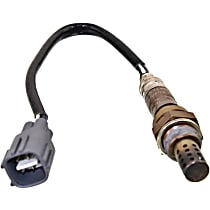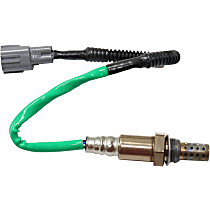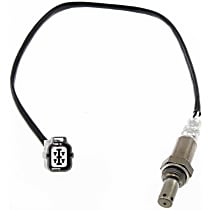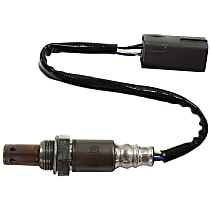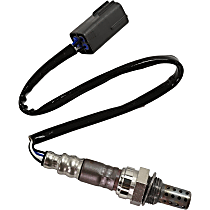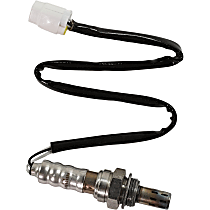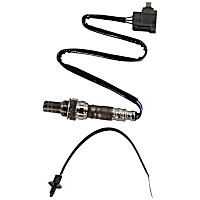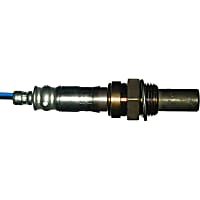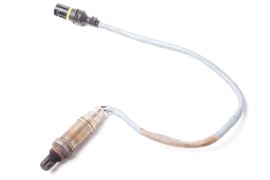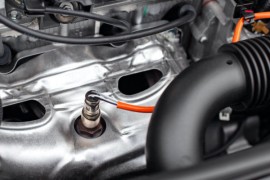{
"lazyNodes": false,
"abFitnotesFlag": false,
"abCrawlReviews": false,
"productOptionsCookie": false,
"orderDelayFlag": false,
"skipSessionCookie": false,
"covidMessage": false,
"fullTitleCookie": false,
"nrLoggerCookie": false,
"checkoutReviewCookie": false,
"productOptionSeqCookie": false,
"maintenanceFlag": false,
"bufferETACookie": false,
"multiShippingDiscountFlag": false,
"newFitmentFlag": false,
"surveyOptInFlag": false,
"crossSellFlag": false,
"skuMappingFlag": false,
"paySplitCookie": false,
"callDisableFlag": false,
"zipPaymentFlag": "u",
"hassleFreeReturn": false,
"lifetimeReplacement": false,
"cpn_off": false
}Subaru Impreza Oxygen Sensors
Shop Catalog
![]() WARNING: This product can expose you to chemicals including Lead, which is known to the State of California to cause cancer and birth defects or other reproductive harm. For more information go to www.P65Warnings.ca.gov.
WARNING: This product can expose you to chemicals including Lead, which is known to the State of California to cause cancer and birth defects or other reproductive harm. For more information go to www.P65Warnings.ca.gov.
![]() WARNING: This product can expose you to chemicals including Lead, which is known to the State of California to cause cancer and birth defects or other reproductive harm. For more information go to www.P65Warnings.ca.gov.
WARNING: This product can expose you to chemicals including Lead, which is known to the State of California to cause cancer and birth defects or other reproductive harm. For more information go to www.P65Warnings.ca.gov.
![]() WARNING: This product can expose you to chemicals including Lead, which is known to the State of California to cause cancer and birth defects or other reproductive harm. For more information go to www.P65Warnings.ca.gov.
WARNING: This product can expose you to chemicals including Lead, which is known to the State of California to cause cancer and birth defects or other reproductive harm. For more information go to www.P65Warnings.ca.gov.
![]() WARNING: This product can expose you to chemicals including Lead, which is known to the State of California to cause cancer and birth defects or other reproductive harm. For more information go to www.P65Warnings.ca.gov.
WARNING: This product can expose you to chemicals including Lead, which is known to the State of California to cause cancer and birth defects or other reproductive harm. For more information go to www.P65Warnings.ca.gov.
![]() WARNING: This product can expose you to chemicals including Lead, which is known to the State of California to cause cancer and birth defects or other reproductive harm. For more information go to www.P65Warnings.ca.gov.
WARNING: This product can expose you to chemicals including Lead, which is known to the State of California to cause cancer and birth defects or other reproductive harm. For more information go to www.P65Warnings.ca.gov.
![]() WARNING: This product can expose you to chemicals including Lead, which is known to the State of California to cause cancer and birth defects or other reproductive harm. For more information go to www.P65Warnings.ca.gov.
WARNING: This product can expose you to chemicals including Lead, which is known to the State of California to cause cancer and birth defects or other reproductive harm. For more information go to www.P65Warnings.ca.gov.
![]() WARNING: This product can expose you to chemicals including Lead, which is known to the State of California to cause cancer and birth defects or other reproductive harm. For more information go to www.P65Warnings.ca.gov.
WARNING: This product can expose you to chemicals including Lead, which is known to the State of California to cause cancer and birth defects or other reproductive harm. For more information go to www.P65Warnings.ca.gov.
![]() WARNING: This product can expose you to chemicals including Lead, which is known to the State of California to cause cancer and birth defects or other reproductive harm. For more information go to www.P65Warnings.ca.gov.
WARNING: This product can expose you to chemicals including Lead, which is known to the State of California to cause cancer and birth defects or other reproductive harm. For more information go to www.P65Warnings.ca.gov.
![]() WARNING: This product can expose you to chemicals including Lead, which is known to the State of California to cause cancer and birth defects or other reproductive harm. For more information go to www.P65Warnings.ca.gov.
WARNING: This product can expose you to chemicals including Lead, which is known to the State of California to cause cancer and birth defects or other reproductive harm. For more information go to www.P65Warnings.ca.gov.
![]() WARNING: This product can expose you to chemicals including Lead, which is known to the State of California to cause cancer and birth defects or other reproductive harm. For more information go to www.P65Warnings.ca.gov.
WARNING: This product can expose you to chemicals including Lead, which is known to the State of California to cause cancer and birth defects or other reproductive harm. For more information go to www.P65Warnings.ca.gov.
![]() WARNING: This product can expose you to chemicals including Lead, which is known to the State of California to cause cancer and birth defects or other reproductive harm. For more information go to www.P65Warnings.ca.gov.
WARNING: This product can expose you to chemicals including Lead, which is known to the State of California to cause cancer and birth defects or other reproductive harm. For more information go to www.P65Warnings.ca.gov.
![]() WARNING: This product can expose you to chemicals including Lead, which is known to the State of California to cause cancer and birth defects or other reproductive harm. For more information go to www.P65Warnings.ca.gov.
WARNING: This product can expose you to chemicals including Lead, which is known to the State of California to cause cancer and birth defects or other reproductive harm. For more information go to www.P65Warnings.ca.gov.
![]() WARNING: This product can expose you to chemicals including Lead, which is known to the State of California to cause cancer and birth defects or other reproductive harm. For more information go to www.P65Warnings.ca.gov.
WARNING: This product can expose you to chemicals including Lead, which is known to the State of California to cause cancer and birth defects or other reproductive harm. For more information go to www.P65Warnings.ca.gov.
![]() WARNING: This product can expose you to chemicals including Lead, which is known to the State of California to cause cancer and birth defects or other reproductive harm. For more information go to www.P65Warnings.ca.gov.
WARNING: This product can expose you to chemicals including Lead, which is known to the State of California to cause cancer and birth defects or other reproductive harm. For more information go to www.P65Warnings.ca.gov.
![]() WARNING: This product can expose you to chemicals including Lead, which is known to the State of California to cause cancer and birth defects or other reproductive harm. For more information go to www.P65Warnings.ca.gov.
WARNING: This product can expose you to chemicals including Lead, which is known to the State of California to cause cancer and birth defects or other reproductive harm. For more information go to www.P65Warnings.ca.gov.
Top Rated Products
Popular Products
Customer Guides
Four Telltale Signs of a Faulty Subaru Impreza Oxygen Sensor
Your Subaru Impreza oxygen sensor is responsible for sending out signals that help your car produce the perfect air to fuel ratio for optimum engine performance. However, with regular exposure to heat, vibration, and other elements, your oxygen sensor will eventually wear out. A worn-out O2 sensor does not only cause several performance problems for your car; it can cause other vital components in your system to fail as well. Here are some symptoms of a faulty oxygen sensor:
Check engine light on
Possibly the biggest clue that you have a bad oxygen sensor in your Impreza is an illuminated check engine light. The lighting up of the check engine light alone won't tell you exactly what's wrong with your vehicle, so you will have to perform a couple more steps to verify that your oxygen sensor has gone bad. You can bring in your car to a local auto parts store or a nearby mechanic and have them read the code thrown out by your computer. However, investing in an OBD II code reader and doing the diagnosis yourself is much more cost-efficient in the long run.
Reduced fuel economy
You can usually tell that your oxygen sensor is starting to get too worn out when your miles per gallon start dropping. You get the best fuel mileage when your car runs on the perfect air-fuel mixture. Since slow or wrong signals from a defective oxygen sensor can mess up the ratio of air to fuel, your fuel economy will definitely take a hit.
Poor engine performance
In its worst state, a damaged oxygen sensor can cause your car to suffer from idling problems, engine misfires, and a generally weak performance from your engine. If you start experiencing a rough idle or a stuttering engine and all the other components of your engine, electrical, and exhaust systems are in good condition, then your oxygen sensors are probably due for a replacement.
Increased emissions
Since your oxygen sensor works closely with your catalytic converter to control your car's emissions, a defective O2 sensor will naturally result to more harmful emissions from your vehicle. A failed emissions test will tell you that you have to replace either your catalytic converter, oxygen sensor, or both.
A faulty oxygen sensor can cause all sorts of troubles for your car ranging from poor fuel economy to a damaged catalytic converter that will cost you hundreds of bucks to replace. Because of its importance for your engine and exhaust system, keeping your Subaru Impreza oxygen sensor in top condition should be a priority. An oxygen sensor that has failed completely can't be fixed without fully replacing it, but you can follow these maintenance tips to keep your oxygen sensor in tiptop shape for as long as possible:
Clean your oxygen sensor and wiring harness regularly.
An oxygen sensor that has accumulated a lot of dirt, moisture, and other debris is much more prone to corrosion. Check on your oxygen sensor and its wiring harness connection for buildup of grime and clean them as needed. You can use a can of compressed air, some mild cleaner, and a wire brush to clean the sensor and the wiring harness.
Know when to replace your oxygen sensor.
Even though it might not show physical signs of damage, your oxygen sensor still gets worn out over time. It might seem costly to replace an oxygen sensor before it actually becomes too damaged to function, but this preventive measure can really save you a lot of money on other damaged components that a faulty oxygen sensor can cause. Luckily, modern oxygen sensors actually last much longer than their predecessors. If your Impreza was made in the last 15 years, you can expect your O2 sensor to reach 100,000 miles before needing replacement. If you have an older model, you will probably have to replace your oxygen sensor after 60,000 miles.
Test the voltage output of your sensor from time to time.
At times when a visual check can't tell you if your sensor is still in good condition, you can test its voltage output using a voltmeter or multimeter. Remember not to test for resistance on the terminals or apply voltage on the oxygen sensor; this can fry up your component.
Check for loose connections.
Sometimes your check engine light can throw an oxygen-related trouble code due to a loose wiring harness connection. To avoid doing an expensive and unnecessary oxygen sensor replacement, make sure that you tighten all loose wiring connections.
